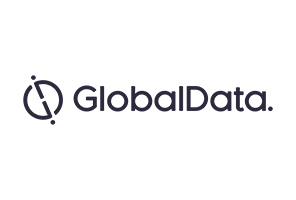
Fatty liver disease (FLD) has become the most common chronic liver disease in the world in recent years, and its global prevalence is being driven by the rising obesity and diabetes epidemic.
FLD affects 20–45% of the general population, and up to 90% of obese people.
Non-alcoholic steatohepatitis (NASH), a severe form of FLD, is forecast to overtake hepatitis C as the leading cause of liver transplants by 2020.
However, despite the fact that NASH has been increasingly recognized as a major global health problem, there are no approved treatments for this disease.
Dynamic development
See Also:
Now that the latest hepatitis C virus treatments can cure up to 90% of patients, pharmaceutical companies have shifted their focus to NASH.
How well do you really know your competitors?
Access the most comprehensive Company Profiles on the market, powered by GlobalData. Save hours of research. Gain competitive edge.

Thank you!
Your download email will arrive shortly
Not ready to buy yet? Download a free sample
We are confident about the unique quality of our Company Profiles. However, we want you to make the most beneficial decision for your business, so we offer a free sample that you can download by submitting the below form
By GlobalDataOnly a few years ago, Gilead Sciences was the only big pharmaceutical company developing products to address FLD.
In contrast, the current FLD pipeline – which contains a large amount of NASH products – is bustling.
Big Pharma companies such as Allergan and Novartis, as well as smaller companies such as Galectin Therapeutics have entered the space with the hope of being among the first to market their therapies.
A wide range of potential future therapies
The NASH pipeline contains a lot of innovative products, with first-in-class products accounting for more than half.
Additionally, the pipeline products show considerable diversity, with molecular targets including nuclear receptors, G-protein coupled receptors (GPCRs), and kinases.
Some therapies focus on lipid metabolism, while others act on immune mediators that affect inflammatory responses and fibrogenesis.

This reflects the multifaceted aspects of NASH pathophysiology and suggests combination regimens for NASH may become the norm.
With the increasing prevalence of NASH representing a looming crisis for the healthcare system, the high activity and target diversity in the pipeline is a promising sign, indicating that treatments for sufferers may be on the horizon.




Related Company Profiles
Galectin Therapeutics Inc
Novartis AG
Gilead Sciences Inc
NASH, INC.
Allergan Ltd